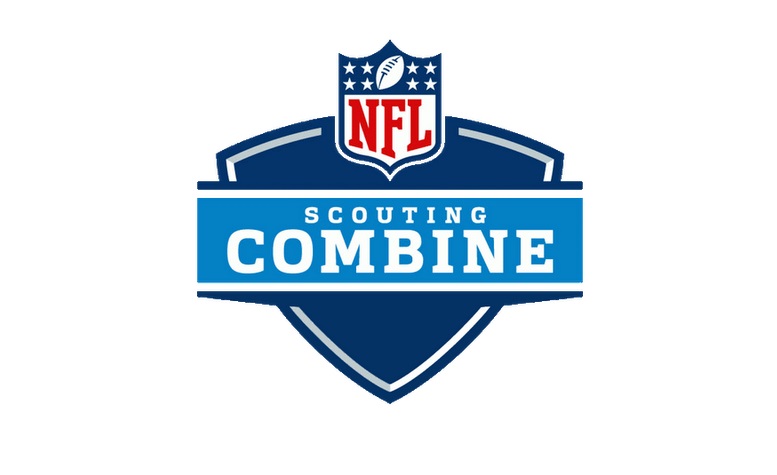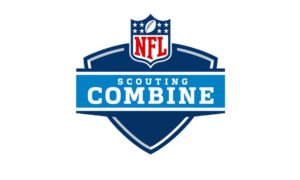The NFL as a business is a never-ending quest to maximize the profit margin out of every day of the calendar. There was a long period of time throughout the league’s history in which football was only relevant in the public’s consciousness for five or so months out of the year, if that. In today’s day and age, they continue to make the league relevant 365 days a year—366 in the case of 2020.
The latest step that the league has taken, which just so happens to have included Leap Day, February 29, was to move the NFL Scouting Combine to primetime, with the thinking obviously being that if you move the event into a primetime slot, more people are going to view it, which will make it a more marketable product, and something to profit off of even further.
According to the results, the early feedback isn’t overwhelmingly positive. There was reportedly only saw viewership growth over last year’s Combine of about three percent, averaging 242,000 more viewers over the course of the four-day coverage of the event.
I would imagine that is not the kind of increase for the even that the NFL was hoping for, but that is not going to stop them from keeping the event in a primetime slot. Rather, they have future plans to try to make it even more marketable, and I have written about some of them, with an eye, for example, toward turning the drills into competitions and introducing live betting to pick the winners.
There was a time not so long ago that events like the NFL Scouting Combine were not even televised. As should go without saying, it is much better for the league that it is on tv than if it were not, but I do think there is a limit to how many people are going to be willing to tune in to four days of guys running around in shorts not actually accomplishing anything. This isn’t the actual Olympics, just the underwear Olympics.
Meanwhile, moving the event has had tangible negative repercussions. The most obvious negative consequence was that, due to time constrictions, teams are now limited to only 45 formal interviews with prospects at the Combine, as opposed to 60.
When push comes to shove, will the owners continue to see the net benefit of the move? Surely they will give it several more years before even considering moving it back—something I’m sure will never happen—but I can’t imagine anybody popped a bottle of champagne to celebrate the three-percent increase.




